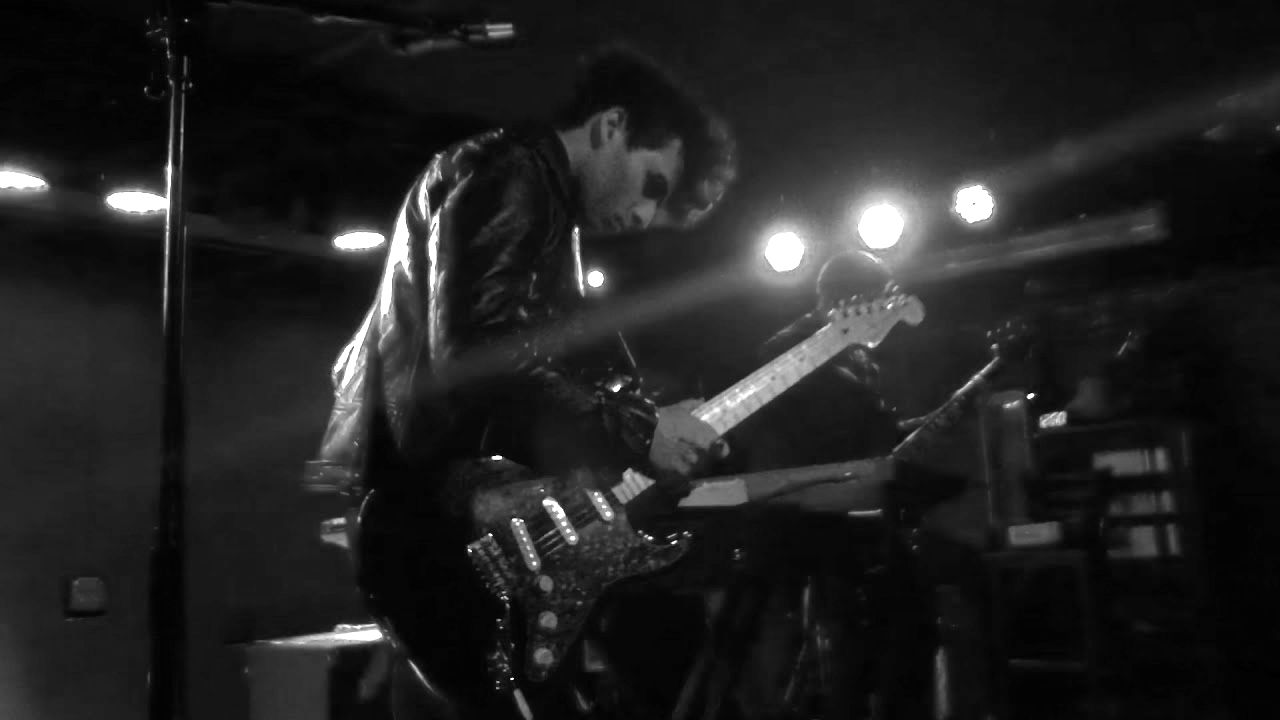

Twin Tribes
Follow Your Favorite Band Today!
Top Twin Tribes Community Posts
Story of Twin Tribes
Twin Tribes: A Darkwave Dynamo From the Texas Border
Hailing from the vibrant, border town of Brownsville, Texas, Twin Tribes emerged in 2017 as a force to be reckoned with in the darkwave scene. Their sound, a potent blend of gothic rock, post-punk, synth-pop, and new wave, has propelled them to the forefront of the contemporary dark music landscape.
The duo, comprised of Luis Navarro (vocals, guitar, synths, drum machines) and Joel Niño, Jr. (bass, synths, vocals), bring their unique backgrounds to their music. Navarro, born in Matamoros, Mexico, and Niño from Los Fresnos, Texas, met in Brownsville, where their shared passion for music ignited.
Drawing inspiration from the iconic sounds of the 80s, Twin Tribes seamlessly weave together the moody textures of gothic rock and post-punk with the electronic flourishes of synth-pop and new wave. Echoes of The Cure and Depeche Mode are evident in their music, but they also embrace influences from the vibrant Rock en Español scene, particularly Latin American bands like Caifanes, Soda Stereo, and Size, adding a distinct, culturally rich element to their sound.
With years of touring under their belts and three albums to their name, Twin Tribes have cemented their status as a defining act in the resurgence of darkwave, captivating audiences with their powerful performances and haunting melodies.
Bands you may like
More Dark Wave Bands
Explore Dark WaveDiscover more bands in the Dark Wave genre and explore the diverse sounds that define this musical style.
Browse All Dark Wave BandsMore Bands from United States
Explore United StatesDiscover the rich musical heritage of United States and explore bands that represent the country's unique sound and culture.
Browse All United States Bands



